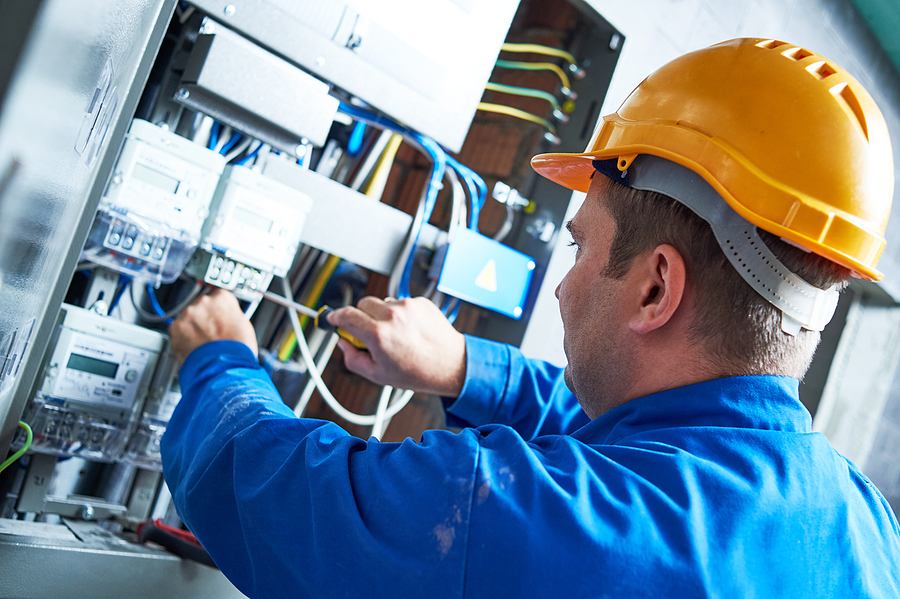Understanding Electrical Wiring: Types, Applications, and Safety Tips

August 19, 2025
Understanding Electrical Wiring: Types, Applications, and Safety Tips
If you’re looking to install electrical wiring in your new home or upgrade your existing wiring, it is important to familiarize yourself with the different types of wiring and their applications. This electrician’s guide explores different wiring types, their uses, and provides practical safety tips to help you prevent hazards and ensure electrical reliability. When you’re looking for local electrical service, reach out to Neighborhood Electric.
- NM-B Cable (Non-Metallic Sheathed Cable)
Also known as Romex cable, non-metallic sheathed (NM-B) cable is a type of electrical wire consisting of two or more insulated conductors encased in a flexible plastic sheath. It also consists of a grounding bare wire whose role is to provide a safe path for electrical current in case of a ground fault. The NM-B cable is primarily used as branch circuits for electrical outlets, switches, lighting, appliances, and other loads.
- Metal-Clad Cable (MC Cable)
As the name suggests, a metal-clad cable consists of one or more insulated conductors encased in a metal covering. This type of wiring offers better protection against physical damage compared to the NM-B cable. That’s why it’s commonly used in areas where physical damage is a concern. It can be used for service, feeder, and branch circuits.
Conduit wires are pulled through rigid metal or plastic pipes that provide protection for the wiring. This type of wiring can be used in various locations, including exposed areas, unfinished spaces, and outdoor surface-mounted installations.
- Underground Feeder Cable (UF-B Cable)
As the name implies, an underground feeder cable is designed to be buried underground. It has a moisture-resistant jacket and is suitable for outdoor use. This type of wiring is used to extend electrical service from a building to an outdoor device, such as outdoor lighting or an outlet.
This type of wiring is used for low-voltage systems such as doorbell wiring, thermostat wiring, and landscape lighting. As you would expect, low-voltage wiring is smaller in size and carries lower voltages than standard electrical wiring.
Safety Tips For Electrical Wiring
Check your home’s wiring for signs of wear, such as frayed insulation, burn marks, or loose connections. Catching small issues early can prevent bigger problems down the road.
- Replace Old or Damaged Wiring
Outdated wiring, especially in older homes, can’t handle modern electrical loads. If your lights flicker or breakers trip often, it may be time for an upgrade to prevent fire hazards.
- Avoid Overloading Circuits
Plugging too many devices into one outlet can cause overheating and sparks. Spread appliances across multiple circuits and use surge protectors to manage extra connections safely.
Wires have specific sizes to handle different electrical loads. Using the wrong size can lead to overheating and fires. Always double-check ratings or consult an electrician when in doubt.
- Avoid DIY Electrical Work
Electrical systems are complex, and mistakes can lead to serious accidents. Always hire a professional electrician near me for installations or repairs to ensure everything meets safety codes.
We hope our electrician’s guide on electrical wiring types and applications will help you make informed decisions about your home's electrical system and ensure your safety. If you’re looking for a professional company providing dependable electrical services, get in touch with Neighborhood Electric.








